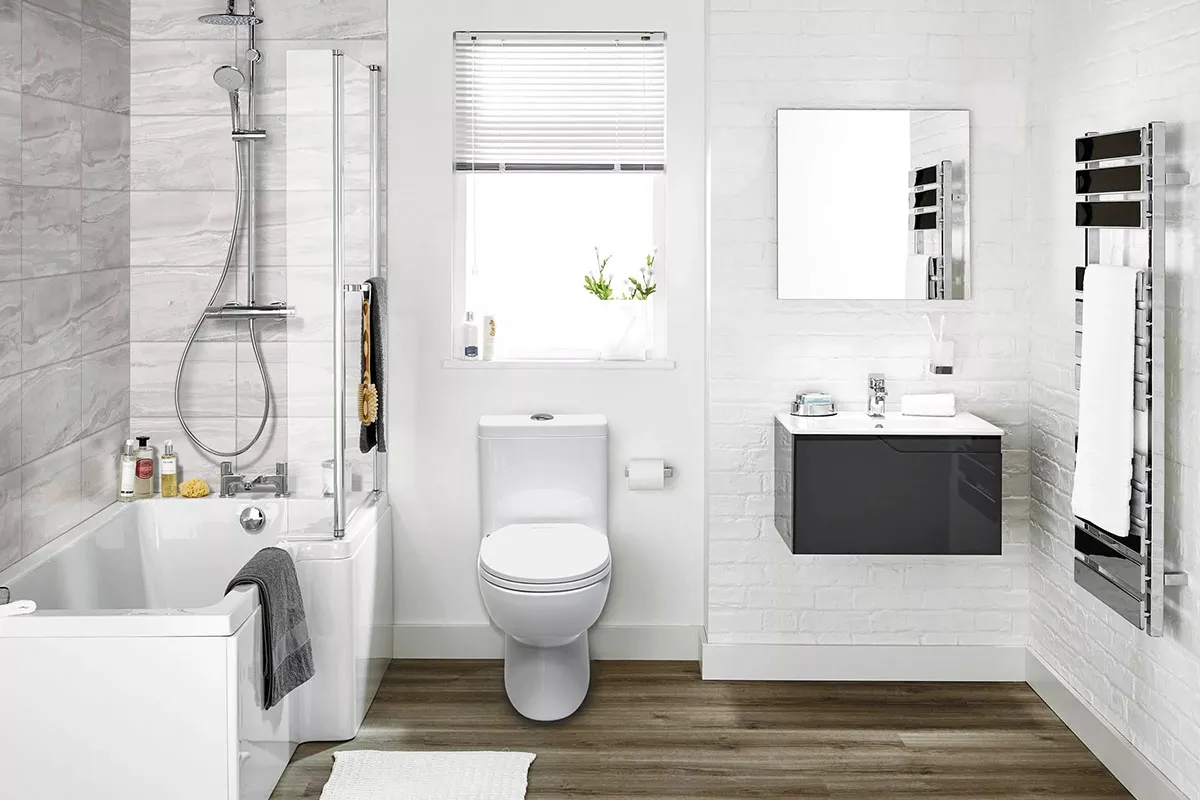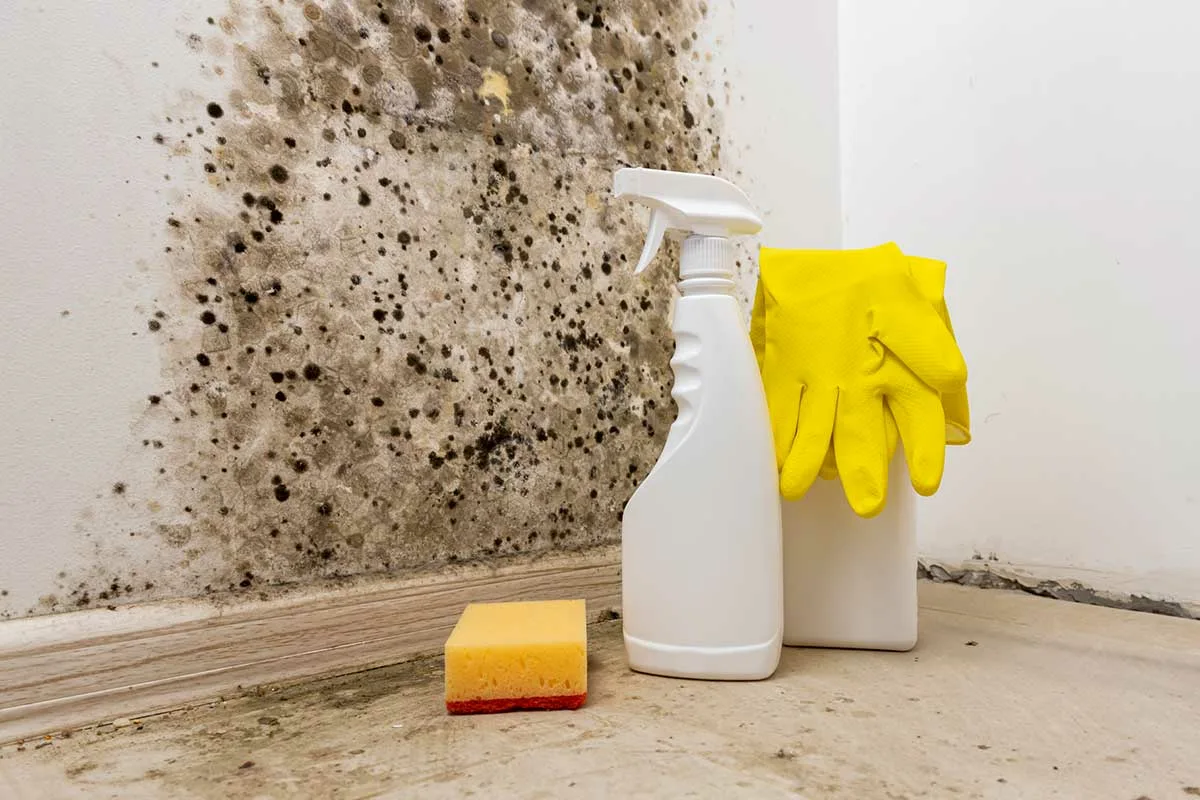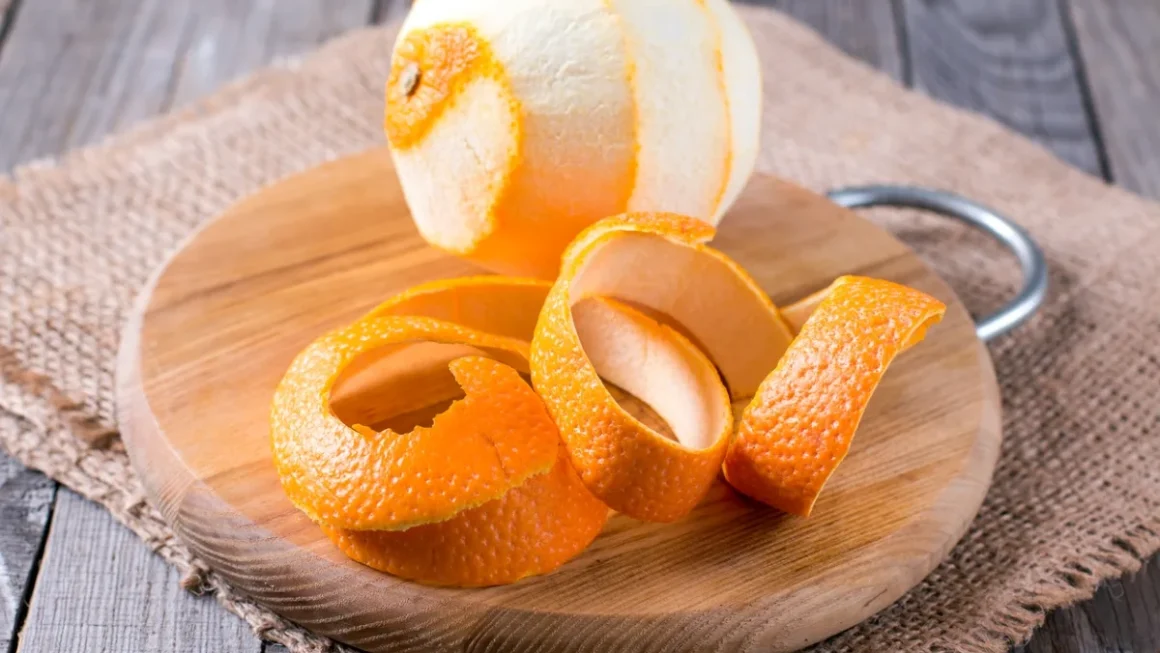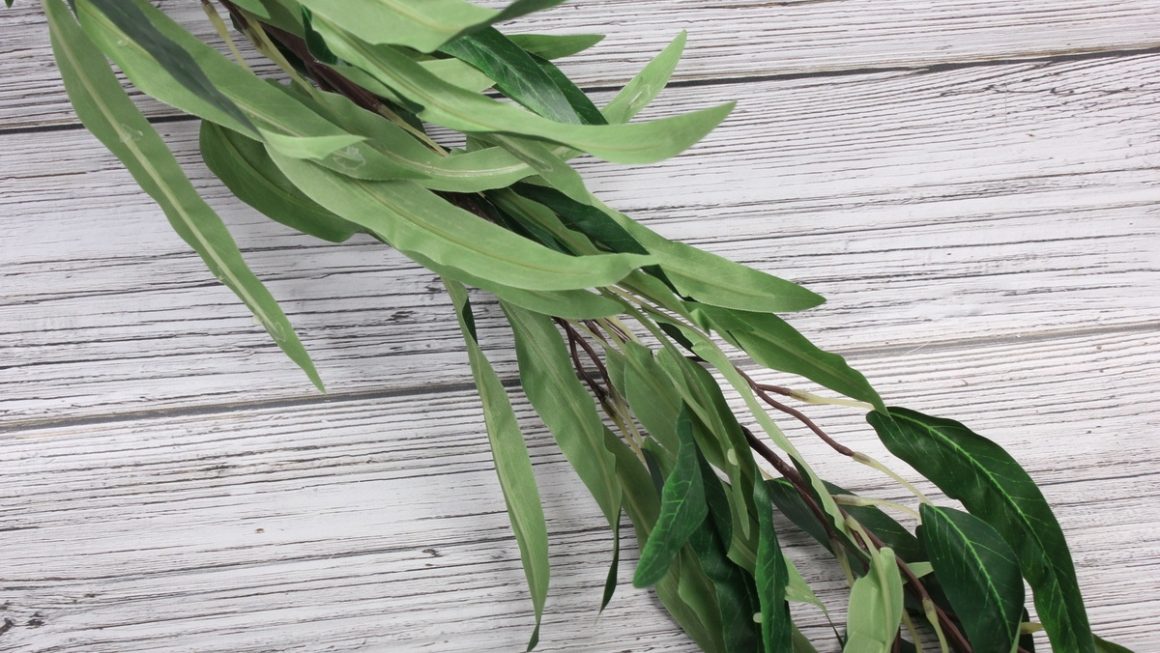Moisture beading on mirrors, blackened grouting, musty odours.
It’s a familiar scene, especially in windowless or poorly ventilated bathrooms. The good news is that there is a simple, natural mixture that attacks spores, dissolves biofilm and leaves a preventative barrier. No bleach is required. No heavy fragrances. Just a synergy of acetic acid, antifungal essential oils and a mild surfactant. Applied regularly, this spray limits the reappearance of mould for several weeks. And it is safe for most tiled surfaces, silicone joints and metal fittings, provided you follow a few simple rules and take moderate maintenance measures.
The Anti-Fungal Mixture That Acts as a Barrier
The formula has three objectives: to clean, remove and protect. For a 500 ml spray bottle, mix 300 ml of white vinegar (8°), 180 ml of distilled water, 1 teaspoon of liquid black soap (or Castile soap) to emulsify, 20 drops of tea tree essential oil and 10 drops of clove essential oil. Shake before use. The vinegar lowers the pH and disrupts the metabolism of fungi; the soap penetrates the fatty films; the essential oils, known for their antifungal properties, enhance the effect and persistence. Never mix this spray with bleach or peroxide in the same bottle. Store away from light, out of the reach of children and animals.
Ingredient – Antifungal role – Proportion
White vinegar – Lowers pH, disrupts biofilm 300 ml
Distilled water – Dilutes, prevents limescale 180 ml
Black/liquid soap – Mild surfactant, better wettability 1 teaspoon
Tea tree (essential oil) – Antifungal and antibacterial action 20 drops
Clove (essential oil) – Inhibits spore germination 10 drops
This combination works now and in the future: it removes visible mould and makes the environment less hospitable. A few precautions: test on an inconspicuous area, as limestone (marble, travertine) does not like acid. Wear gloves. Ventilate during and after application. Essential oils are powerful: avoid using them on surfaces that come into contact with food and limit exposure to children, pregnant women and animals. If you find the smell of vinegar unpleasant, it will quickly fade once the room is ventilated. Expected result: cleaner joints and tiles that breathe.
Why mould returns and how to stop it
Mould returns because the bathroom offers an ideal microclimate: warm steam, repeated condensation, fine dust to feed the colonies, poorly ventilated corners. The invisible spores cling to micro-roughness and feed on the organic film left behind by soaps and shampoos. When the pH remains neutral and the surface stays damp, germination goes into overdrive. Silicone joints, which are slightly porous, retain water. Thermal bridges create cold areas where saturated air condenses. We clean, it shines, then the cycle repeats. Breaking this cycle is the key to success. Not just with force, but with gentle chemistry and consistent preventive measures on a daily basis.
The proposed mixture is a game-changer: the acidity of the vinegar disrupts the biofilm, the essential oils target the fungal membrane, and the soap improves spreading and penetration into the joints. Then, good habits cement the advantage: keep the humidity below 60%, heat slightly after showering to remove steam, open the window for five minutes or activate the CMV, scrape the tiles, wipe the most exposed joints. Even a simple barrier prevents spores from settling on a clean surface. Prevention is cheaper and less effort than scrubbing. By combining an acidified barrier with accelerated drying, you can permanently prevent recolonisation.
Step-by-step instructions for a healthy bathroom
First, remove the dirt. On very dirty areas, spread a paste of bicarbonate of soda and water, scrub gently with an old toothbrush, then rinse. Leave to drain for two minutes. Then spray generously with antifungal spray on tiles, grout, shower curtain and window frames. Pay particular attention to corners and edges. Leave on for 20 to 30 minutes. Do not rinse immediately: wipe with a microfibre cloth to leave an active film. For very marked silicone joints, repeat the application two to three days in a row.
As a routine, after the last shower of the day, two light sprays on sensitive areas are sufficient. Once a week, apply the full treatment and leave it to work. Never combine this spray with bleach. If a stain persists, you can, on another day and on a dry surface, dab it with 3% hydrogen peroxide, then rinse, and only after 24 hours, reapply the vinegar spray (never in the same container). Check material compatibility: avoid natural stone and rinse quickly on lacquered metals. Result: fewer stains, a fresher smell, and quicker maintenance.

Maintenance Tips and Mistakes to Avoid
The best antifungal agent is still air circulation. After each shower, open the windows, heat slightly, and run the CMV at high speed for ten minutes. Wipe the glass walls with a squeegee. Wash microfibre cloths at 60°C to avoid reseeding surfaces. Check for leaks and replace cracked seals: mould loves standing water. Seal mineral tile joints with a compatible water repellent. Hang the rug up to dry. A £15 hygrometer is all you need to manage these reflexes. Less humidity, fewer nutrients, fewer active spores.
Classic mistakes come at a high price. Do not spray acid on marble or travertine. Do not add bleach to vinegar: this releases toxic chlorine. Do not overuse essential oils; their potency is not proportional to the quantity and they can cause irritation. Avoid leaving a crumpled shower curtain: it will become mouldy due to capillary action. Always test on a hidden area. Ventilate during use. If you find the smell unpleasant, reduce the amount of vinegar slightly and increase the ventilation time. With these precautions, the mixture remains effective, safe and economical.
Using a well-designed natural spray means taking control of a stubborn problem without polluting the air inside your home. Acetic acid cleans, essential oils protect, and daily use reinforces the results. The results are visible: brighter grout, clean tiles, and no more odours. The barrier you leave behind after wiping makes all the difference. Over the weeks, maintenance becomes quicker, almost automatic, and your bathroom remains welcoming, even in winter. Would you like to try this protocol for a fortnight and measure the evolution of humidity and stains, then adjust the frequency of application according to your needs?




